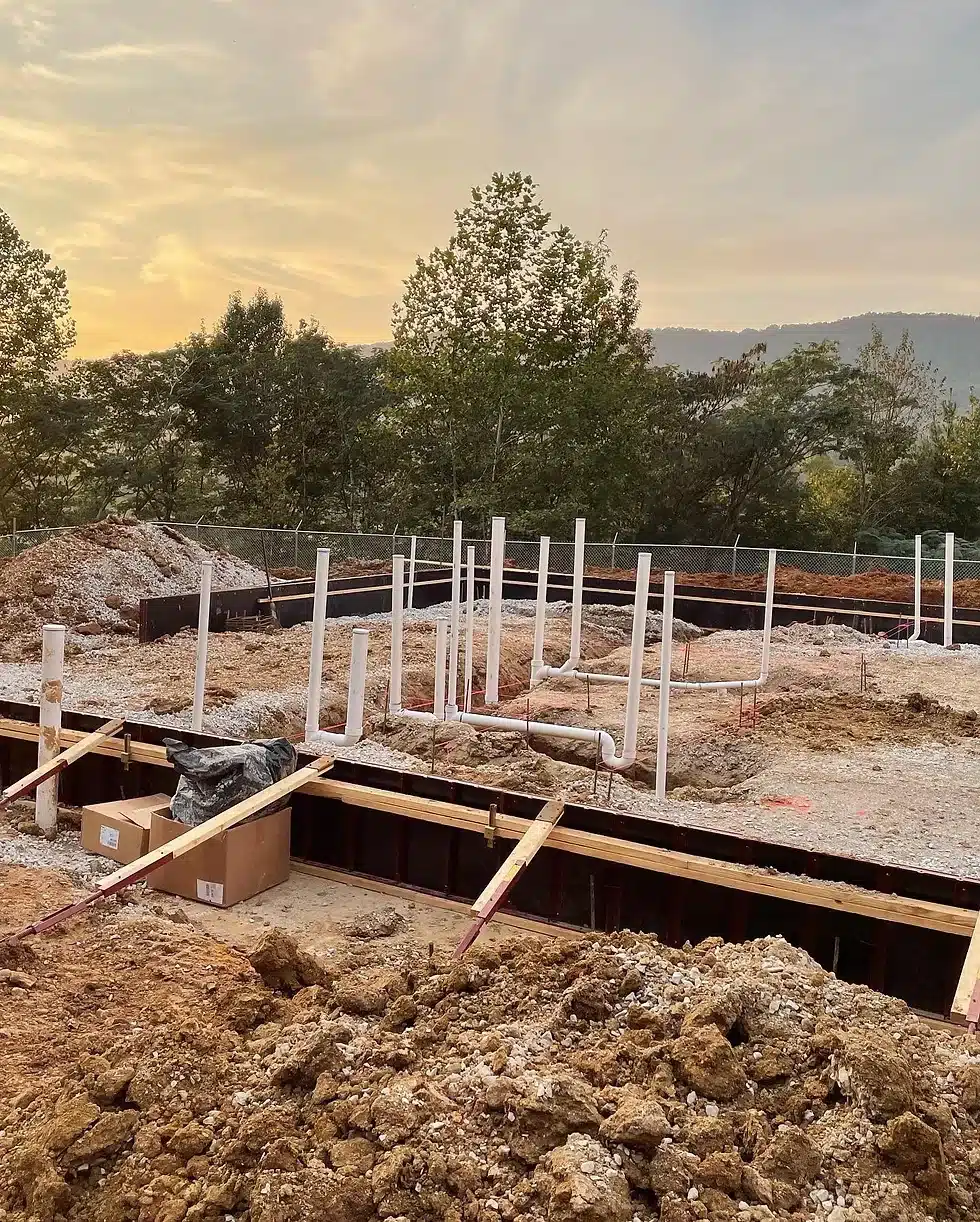How do you actually feel when it comes to Plumbing Basics Every Homeowner Should Know?

Plumbing is an important aspect of any type of home, responsible for supplying clean water for alcohol consumption, cooking, and bathing, as well as eliminating wastewater securely. Recognizing the fundamentals of home plumbing is vital for each house owner to ensure correct upkeep, troubleshooting, and, if necessary, repair work. In this novice's guide, we'll cover the fundamental principles of home plumbing to aid you come to be much more aware of how it works.
Water Heating Unit
The water heating system is accountable for home heating water for residential usage, including bathing, food preparation, and cleaning. Common types of hot water heater consist of tank-type hot water heater, tankless (on-demand) water heaters, and heatpump water heaters. The hot water heater is connected to the water system system and supplies warm water to plumbing fixtures as needed.
Water drainage System
The drain system eliminates wastewater from your home and carries it away to a sewer treatment facility or septic system. It contains a network of pipes, fittings, and fixtures that deliver wastewater from plumbing fixtures to the main sewer line or septic system. Appropriate water drainage is vital to stop clogs, back-ups, and sewage leakages.
Ventilation System
The ventilation system assists keep proper air pressure and protect against sewer gases from entering your home. Vent pipelines, additionally known as air vent stacks, extend from plumbing fixtures to the roof, permitting sewer gases to get away safely outdoors. Air flow pipelines likewise allow air to get in the water drainage system, helping with smooth wastewater circulation and stopping suction or vacuum cleaner results.
Water System System
The water system system brings tidy water right into your home from a local water resource or an exclusive well. It includes a primary water line that connects to your home's plumbing system, normally located underground. A water meter determines the amount of water taken in, while a shut-off shutoff allows you to manage the flow of water into your home.
Plumbing Fixtures
Plumbing fixtures are gadgets that provide water to various parts of your home and include sinks, taps, toilets, showers, bathtubs, and appliances such as dishwashing machines and cleaning makers. Each component is attached to the water system via pipes and fittings and might have its shut-off valve for upkeep or emergency situations.
Common Plumbing Devices
Having the right devices accessible is crucial for performing standard plumbing repair services and upkeep jobs. Typical plumbing tools consist of flexible wrenches, monkey wrench, pliers, pipe cutters, hacksaws, plungers, augers (or drainpipe snakes), and Teflon tape. Having these tools conveniently available can assist you deal with small plumbing problems effectively.
Standard Plumbing Fixings
While some plumbing repair work may call for professional assistance, numerous common issues can be resolved with basic do it yourself methods. Knowing just how to fix a leaking faucet, unblock a drain, replace a commode flapper, or fix a trickling showerhead can save you time and money on plumbing fixings.
Verdict
Understanding the fundamentals of home plumbing is necessary for each house owner to keep a secure, useful, and reliable plumbing system. By familiarizing yourself with the water system, plumbing components, water drainage system, air flow system, usual plumbing tools, and standard repair work, you can with confidence deal with small plumbing issues and ensure your home's plumbing system operates smoothly.
Understanding Basics of Home Plumbing System: A Beginner's Guide
The Main Components of Your Home Plumbing System
The Water Supply System
This system is responsible for transporting fresh water into your home. It usually has a main water line that splits into two branches: one directed towards cold water services and the other connected to a water heater for hot water. The pressure is key here; it ensures water reaches all parts of your house.
The Drainage System
Once water has been used, it becomes wastewater that needs to be removed from your home. This is where the drainage system comes into play. It includes all the pipes that carry wastewater and sewage away from your house to sewage treatment facilities or septic tanks.
The Vent System
The vent system prevents sewer gases from entering your home and helps maintain the pressure balance that allows wastewater to flow out properly. These vents usually exit through the roof of your house.
Water Heating System
For those who enjoy hot showers or using hot water for cleaning, the water heater is a crucial part of the plumbing system. It can be a tankless system, which heats water on demand, or a traditional water tank model.
Common Plumbing Problems and Basic Troubleshooting
Plumbing systems, while designed to be durable, can face issues like clogged drains, leaky faucets, or low water pressure. Here are some basic troubleshooting tips:
Clogged Drains
Use a plunger or a plumber's snake to try and dislodge whatever is blocking the drain. Regular cleaning can prevent clogs.
Leaky Faucets
Often caused by worn-out washers or gaskets, these can usually be replaced by someone with basic DIY skills.
Low Water Pressure
This might be due to sediment build-up in your fixtures or a leak somewhere in your water line. Cleaning out aerators or seeking a professional to detect leaks might be necessary.
Preventive Maintenance Tips
Maintaining your plumbing system is key to avoiding emergencies. Regularly check for leaks, avoid disposing of grease down the sink, and have your system inspected by a professional plumber at least once a year.
We are very intrigued by and I really hope you enjoyed reading my blog posting. For those who appreciated our article please don't forget to pass it around. I cherish reading our article about Plumbing basics: How your home plumbing works.
Website